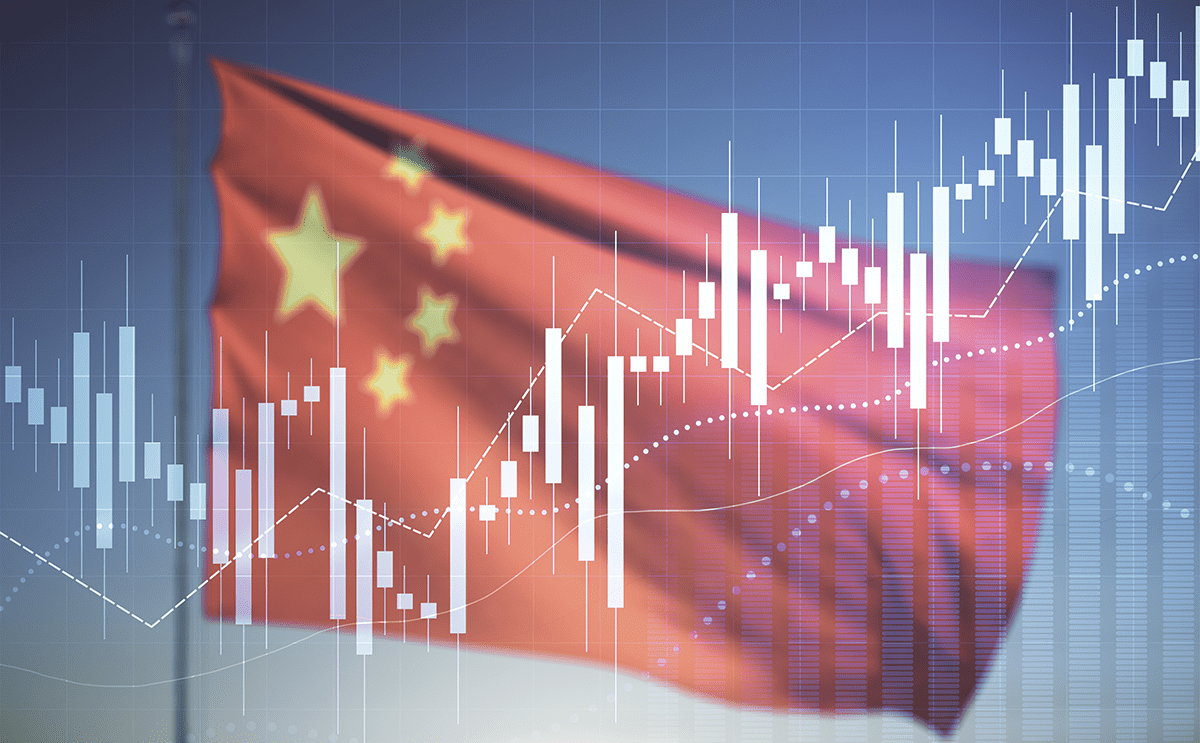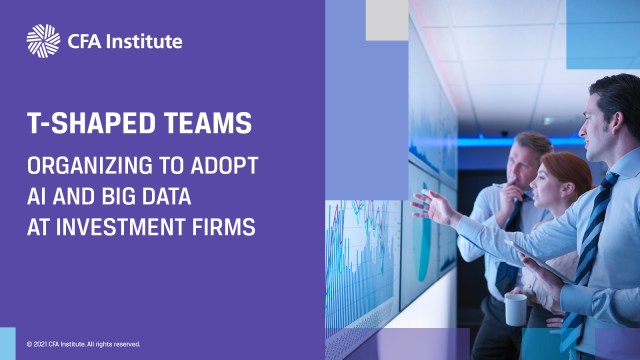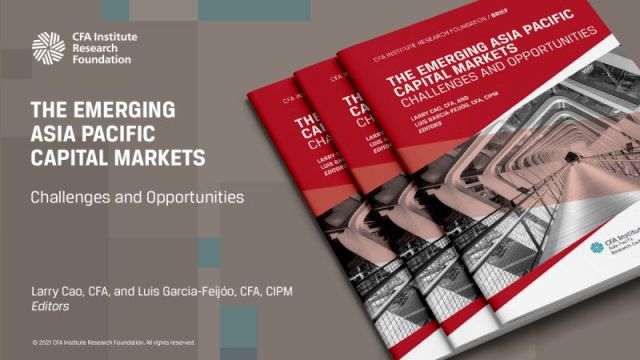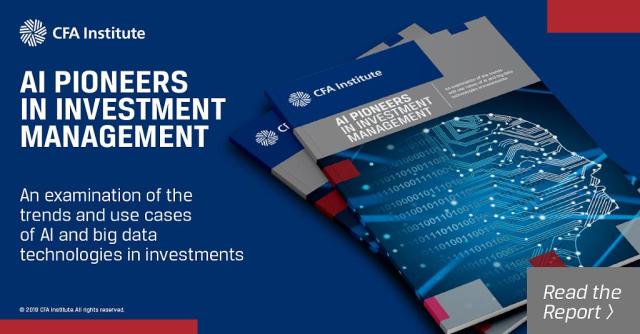[ad_1]
This article is derived from a recent speech by Bo Sun to CFA Society China and is translated and adapted by Zhang Ke, CFA, Zhang Xiao, CFA, and Li Na, CFA.
The reform of China’s social security system has entered a new stage, one of system integration, synergy, and efficiency.
With that in mind, what can we learn from the experience of our international counterparts? What lessons can we draw about top-level design and governance by exploring other pension systems across the globe? How can we foster an understanding of the requirements of this new development stage and contribute Chinese wisdom and solutions to the pensions of more than 1.4 billion people?
Current Situation and Impact
The enterprise annuity is a form of occupational pension in China established by enterprises and their employees on the basis of their participation in the public pension according to the law.
Enterprise annuities have grown rapidly since they were introduced. By the end of the third quarter of 2021, they covered 28 million people and amounted to RMB 2.53 trillion. China also has an occupational annuity created for the staff of government agencies and institutions and which is reminiscent of 403(b) and 457 plans in the United States.
The operation of enterprise annuities suffers from a “long-term money, short-term investment” mindset. The root cause of this problem stems from the mismatch between asset ownership and investment decision-making power. In actual operations, asset allocation in enterprise annuities can only be based on the risk preferences of those employees nearing retirement. The result is an emphasis on short-term performance and investment operations, which leads to low equity allocations and long-term returns that fail to address longevity risk.
To solve this problem, we must distinguish among short-, medium-, and long-term solutions and ultimately rely on individual investors’ personal choices.
Annuities are long-term funds that employees access after they retire and are meant to sustain them during their later years. They should take advantage of long-term funds to obtain reasonable returns that increase over time. However, enterprise annuities are usually assessed on an annual basis, with “positive annual returns” serving as an implied requirement for fund allocation and investment eligibility.
Under this constraint, investment managers are not incentivized to pursue long-term returns as their investment goal. Instead, they tend to seek short-term rankings and returns, which leads to a short-sighted investment perspective with an emphasis on conservative strategic asset allocation and avoiding negative returns.
The equity allocation of China’s enterprise annuities has remained between 10% and 15% for a long time, and the National Social Security Fund (NSSF)’s is about 30%. Other mainstream pensions, such as the Canada Pension Plan (CPP), the California State Teachers’ Retirement System (CalSTRS), and the Ontario Teachers’ Pension Plan (OTPP) have maintained an equity allocation over 50%.
This risk aversion means enterprise annuities have weaker long-term returns than similar funds with higher equity allocations. From 2010 to 2019, enterprise annuities had an annualized return rate 1.7% lower than that of the NSSF, and a larger return gap than typical foreign pension funds.
Inadequate long-term investment returns make it difficult to address longevity risks. In the long run, the rate of return on pensions should be anchored to GDP and real wage growth, with a reasonable weighting between the two.
Over the past 40 years, amid the reform and opening up of the Chinese economy, real wages and GDP have grown by 7.8% and 7% per year, respectively. Therefore, enterprise annuities should have achieved returns of 7% over the long term.
What would a reasonable asset allocation that achieves a long-term annualized return of 7% to 8% in China’s capital markets look like? Using the CSI 300 Net Total Return Index to represent equity assets and the CSI Aggregate Bond Index to represent fixed-income assets and calculating from 2005, when the CSI 300 Index starts, to 2020, such an annualized return could only be achieved with an equity allocation of at least 30%.
This suggests that annuities should have at least a 30% equity allocation. But that means higher net volatility. As the following graphic shows, the annualized rate of return is 5.68% based on the original asset allocation of the enterprise annuity, with negative returns occurring in only one year — 2011. But increasing the equity asset allocation to 30% yields an annual return of 6% and four years of negative returns. So, the portfolio’s improved performance was accompanied by a significant increase in volatility.
The Performance of Enterprise Annuity and 30% Equity Simulation Portfolio

Roots of This Model
Pensions, especially the second pillar of occupational pensions, are divided into two models. Under the defined-contribution (DC) model — for example, 401(k) plans in the United States — both the employer and employee contribute and upon retirement the employee’s account balance is based on those contributions and the investment returns. Under this model, the retirement account and investment decision-making power are vested in the individual, who is free to choose among different financial products.
In the defined-benefit (DB) model, like that of CalSTRS and various state civil service pensions, as well as some enterprise pension funds, the pension plan is included on the balance sheet of the enterprise, which is fully responsible for the investments. The enterprise pays employees a predetermined percentage of their salary after they retire. The asset ownership and investment decision-making power, therefore, are vested in the enterprise.
Both the DC and DB models are aligned in terms of asset ownership and investment decision making, and both guide investors toward long-term investments.
But under the DC model, each individual manages their own account. Those approaching retirement will tend to choose a stable and conservative investment strategy with a lower equity allocation, while their younger peers will likely opt for higher equity allocations. In this way, risk stratification is achieved.
For example, with 401(k)s, 77% of participants under the age of 30 invested more than 80% of their assets in equities in 2020. Overall, 60% of assets were invested in the equity markets.
With DB plans, short-term volatility does not affect an employee’s pension benefits. The employer will consider assets and liabilities from the perspective of the long-term balance of revenue and the pension plan’s expenditures and conduct investment operations with a long-term vision.
CalSTRs, for example, favors a diversified asset allocation. In 2020, it had a 58% equity allocation. Its annualized investment return for the past 10 fiscal years reached 9.3%.
In China’s enterprise annuity operation model, the individual is the asset owner but the decision-making power is entrusted to the enterprise. In other words, the enterprise annuity is a DC model when it comes to asset ownership and a DB model in terms of investment. The mismatch between these two models leads to the conundrum of the short-term use of long-term funds.
As the annuity portfolio brings together workers of different ages, pension plan participants have different risk preferences, with those approaching retirement most concerned about investment returns and more sensitive to performance fluctuations.
In this context, companies tend to use the risk tolerance of the near-retirement population as a proxy for the whole portfolio in their investment decision making. This acts as an anchor for portfolio asset allocation and leads to low equity allocation in pursuit of positive annual returns. When this mechanism is transmitted to investment managers, it naturally results in short-term investment goals and strategies, and even fire sales to ensure positive annual returns.
Solutions
In the short term, those nearing retirement should opt for stability. For example, they could switch from a standard to a specialized portfolio three years before retirement with ultra-low or even no allocation to equities to ensure positive annual returns or steady appreciation.
Those with standard annuity portfolios could choose higher equity exposures since there is no retirement payment pressure in the short term. This approach has already been implemented by some companies in China.
In the medium term, different risk portfolios can be set up. The pension target-risk funds (TRFs) in mainland China are one such example. Conservative, stable, balanced, aggressive, or active portfolios can be built according to different risk characteristics. The employees may choose among them based on their risk preferences. In this way, risk stratification can be achieved, and the long-term investment potential of partial annuities can also be realized. Indeed, some local companies have already adopted this model.
In the long run, the ideal solution is to expand the employees’ investment options along the lines of the MPF in Hong Kong and the 401(k) in the United States. This will allow individuals to choose specialized retirement financial products based on their circumstances.
In terms of products, target-date funds (TDFs) and target-risk funds, which are popular in foreign pension accounts, have been implemented in China. There are now more than 100 such products since the first pension target fund was issued in September 2018, with nearly RMB 60 billion under management, and preliminary work is proceeding well.
Nevertheless, the lack of choice for employees is a practical problem that must be addressed. Allowing individuals to make their own investment decisions will require the development of the investment adviser industry in China as well as better investor education.
“Pension Management” Series
CFA Institute China Live has launched a series of events titled “Pension Management: Global Best Practices and China’s Vision.” By joining with local associations of CFA charterholders and CFA charterholders worldwide, we hope to bring valuable and in-depth global best practices and insight-sharing to pension practitioners in the Chinese market. This series will use online and offline activities as well as opinion columns to promote professional communication and interaction in the pension industry and to contribute to the sustainable development of the Chinese pension market.
If you liked this post, don’t forget to subscribe to the Enterprising Investor.
All posts are the opinion of the author. As such, they should not be construed as investment advice, nor do the opinions expressed necessarily reflect the views of CFA Institute or the author’s employer.
Image credit: ©Getty Images / Igor Kutyaev
Professional Learning for CFA Institute Members
CFA Institute members are empowered to self-determine and self-report professional learning (PL) credits earned, including content on Enterprising Investor. Members can record credits easily using their online PL tracker.
[ad_2]
Image and article originally from blogs.cfainstitute.org. Read the original article here.





